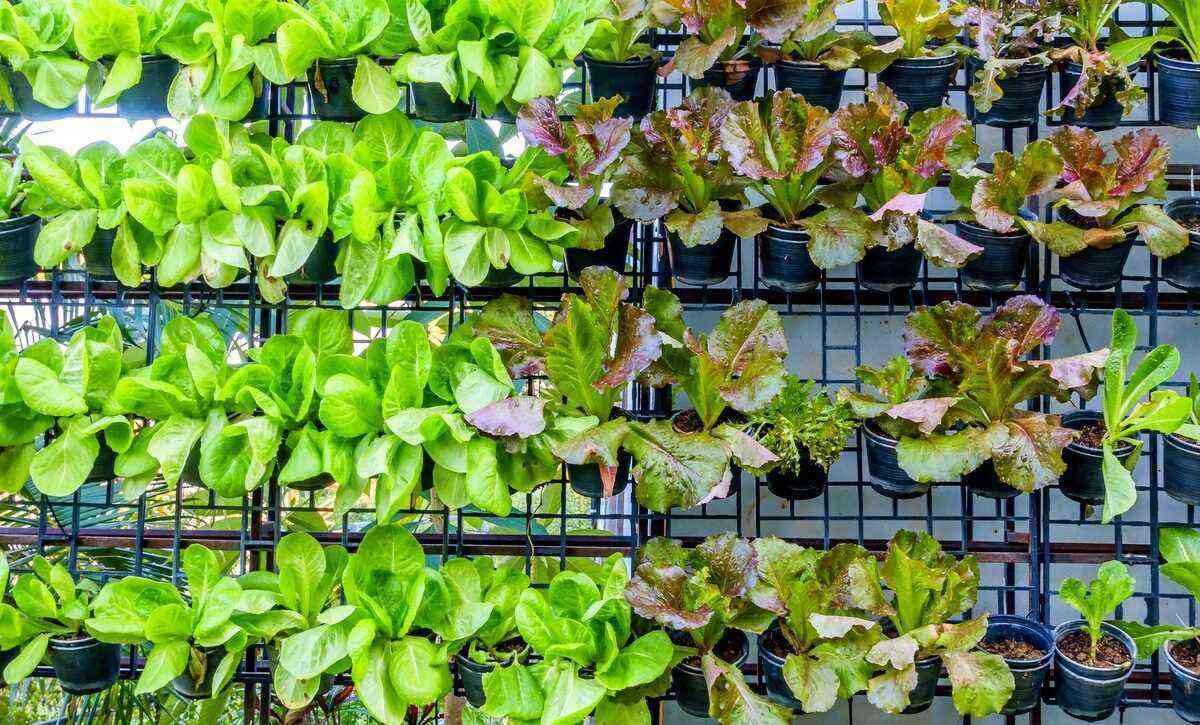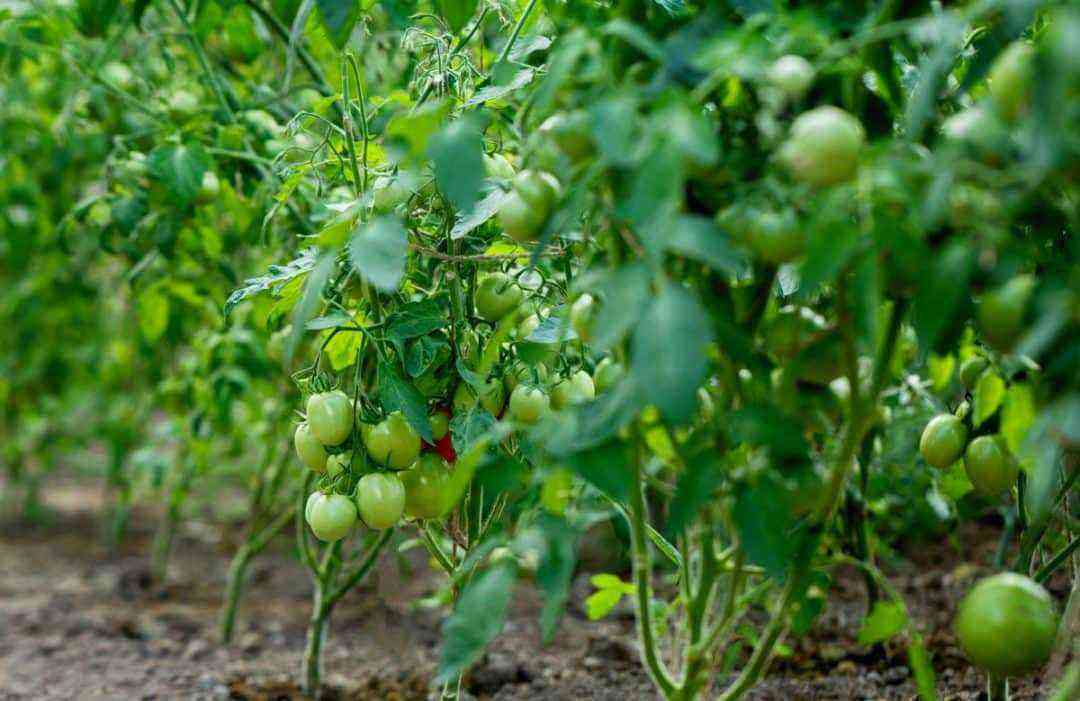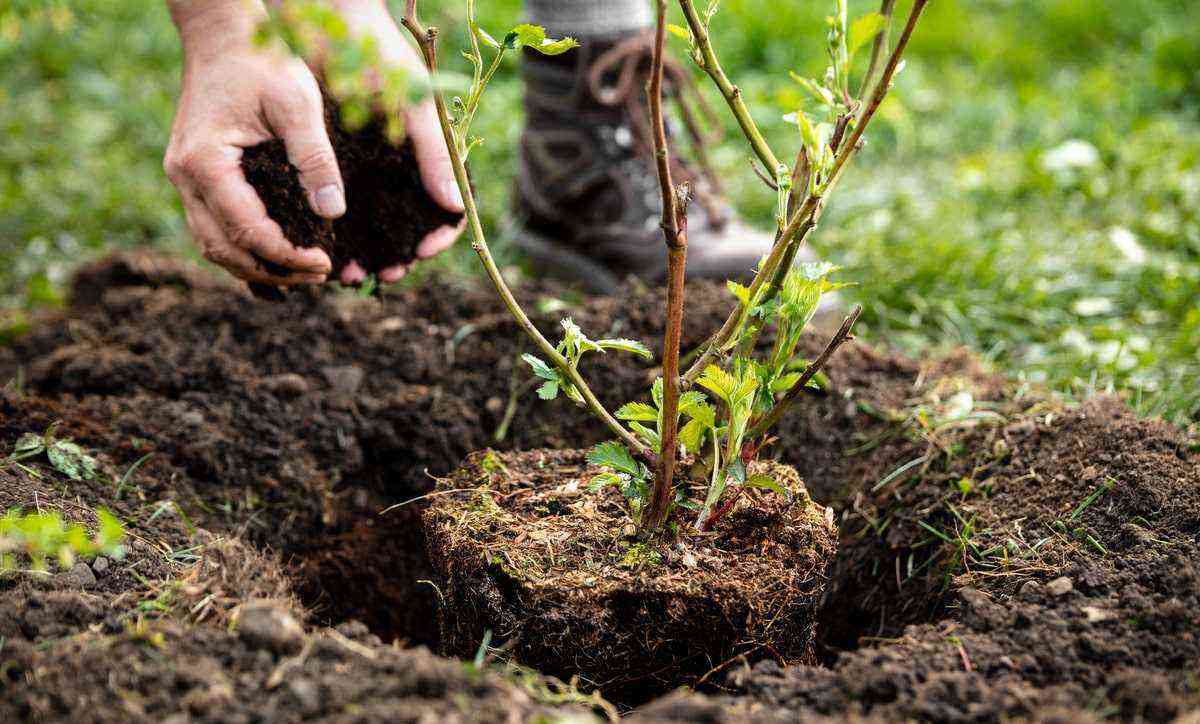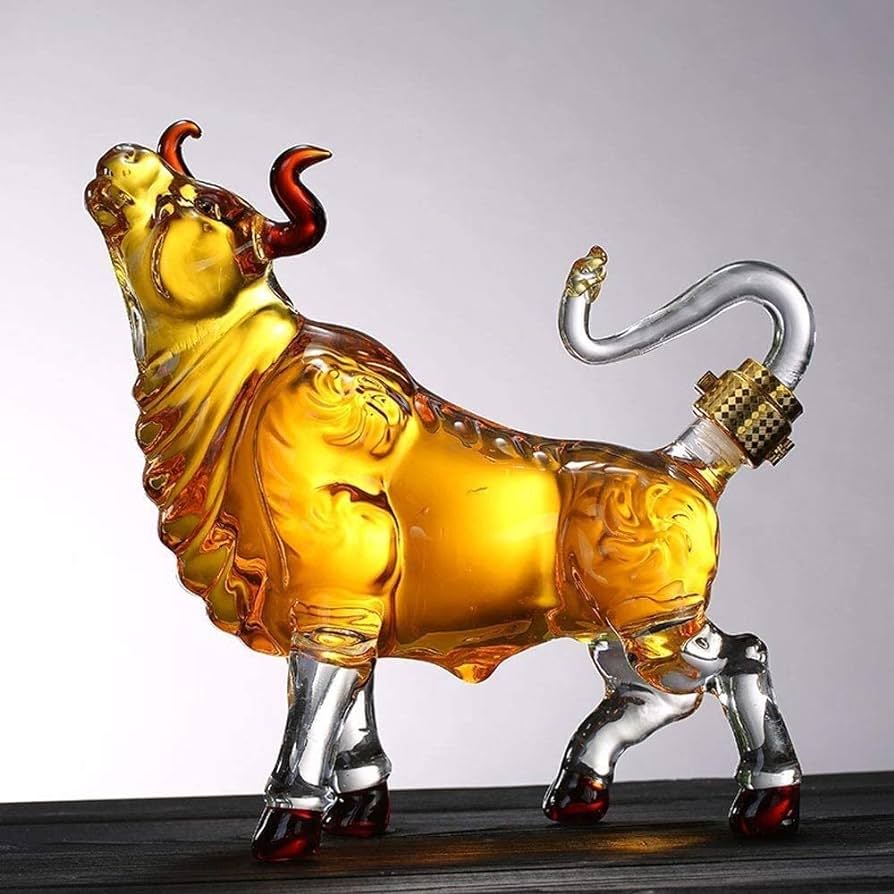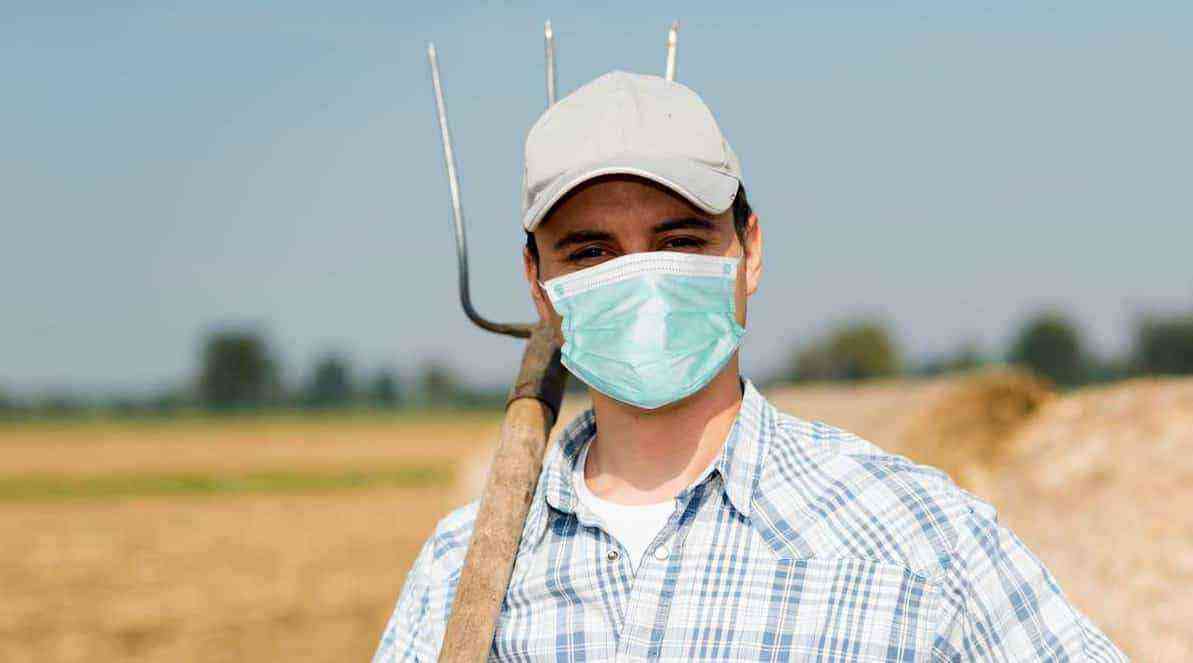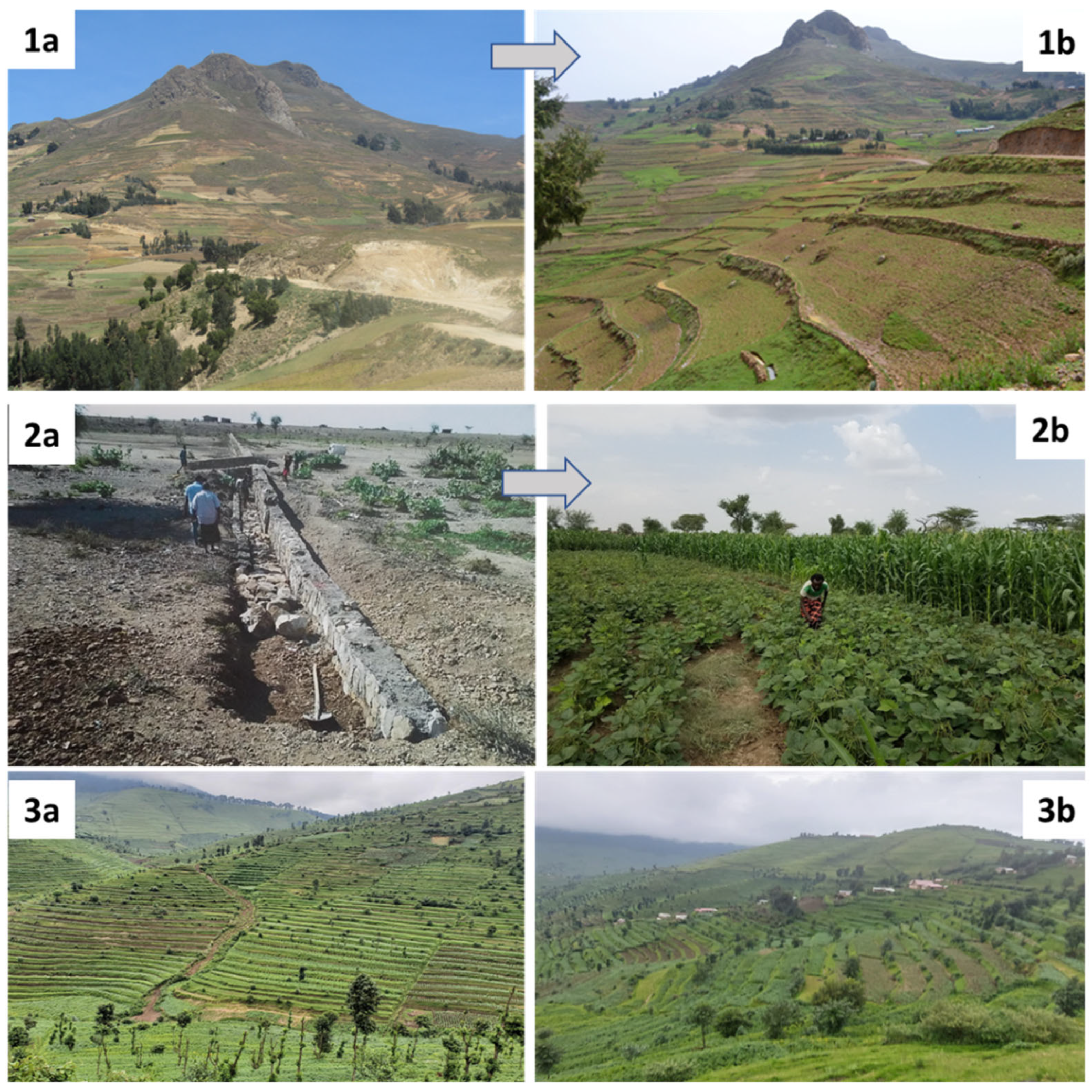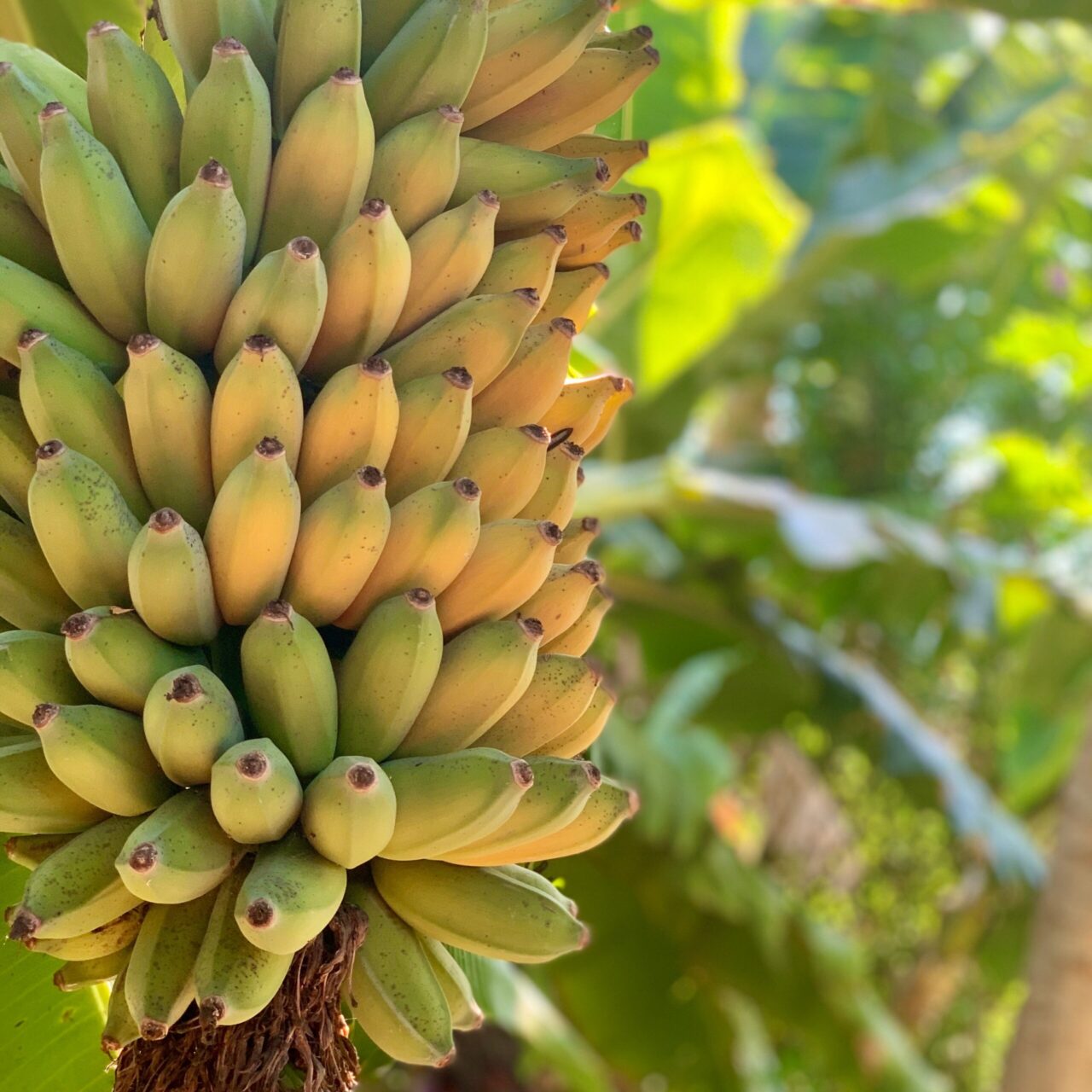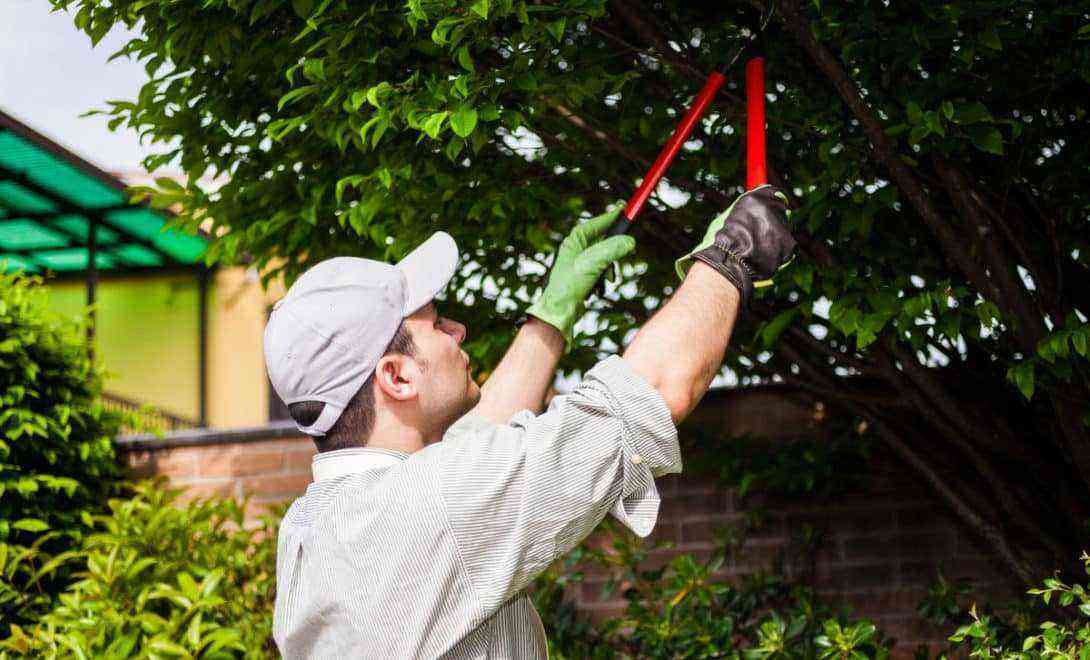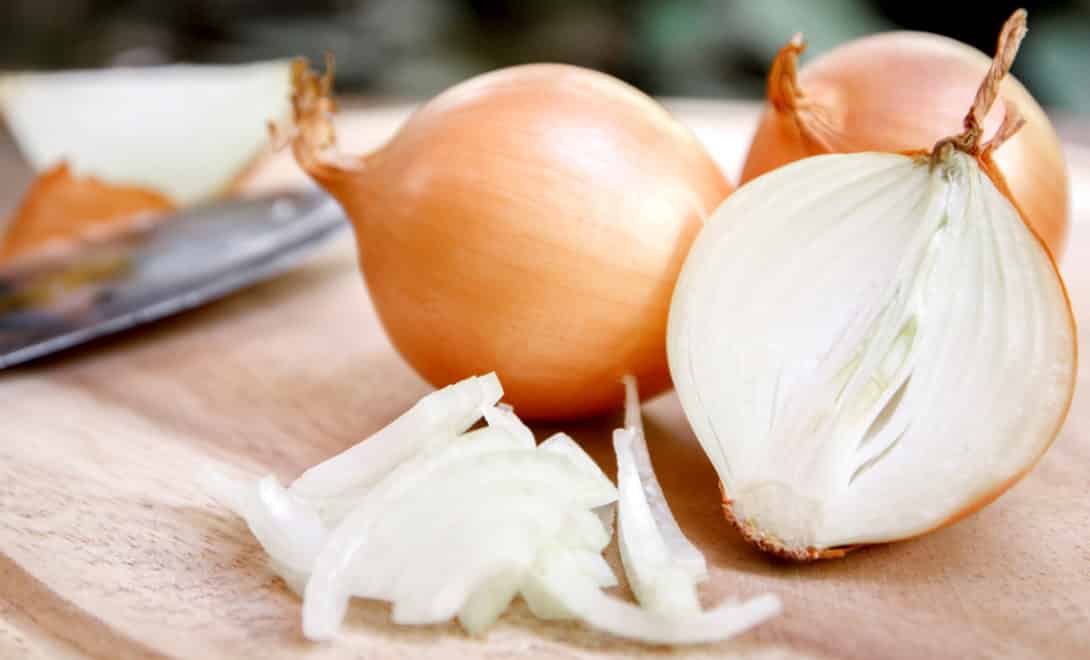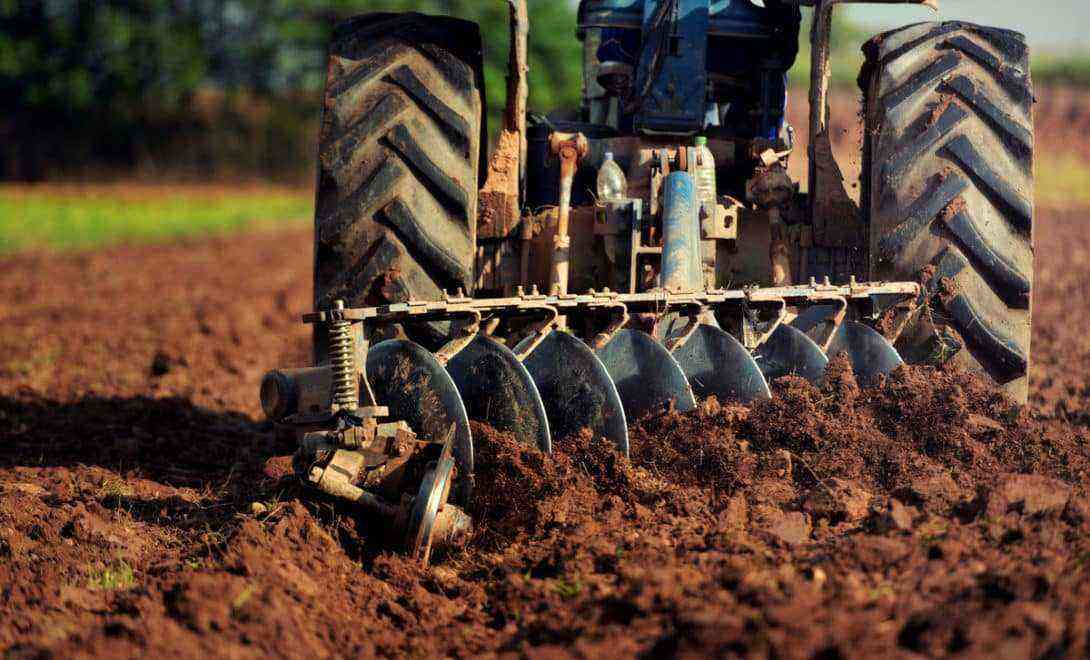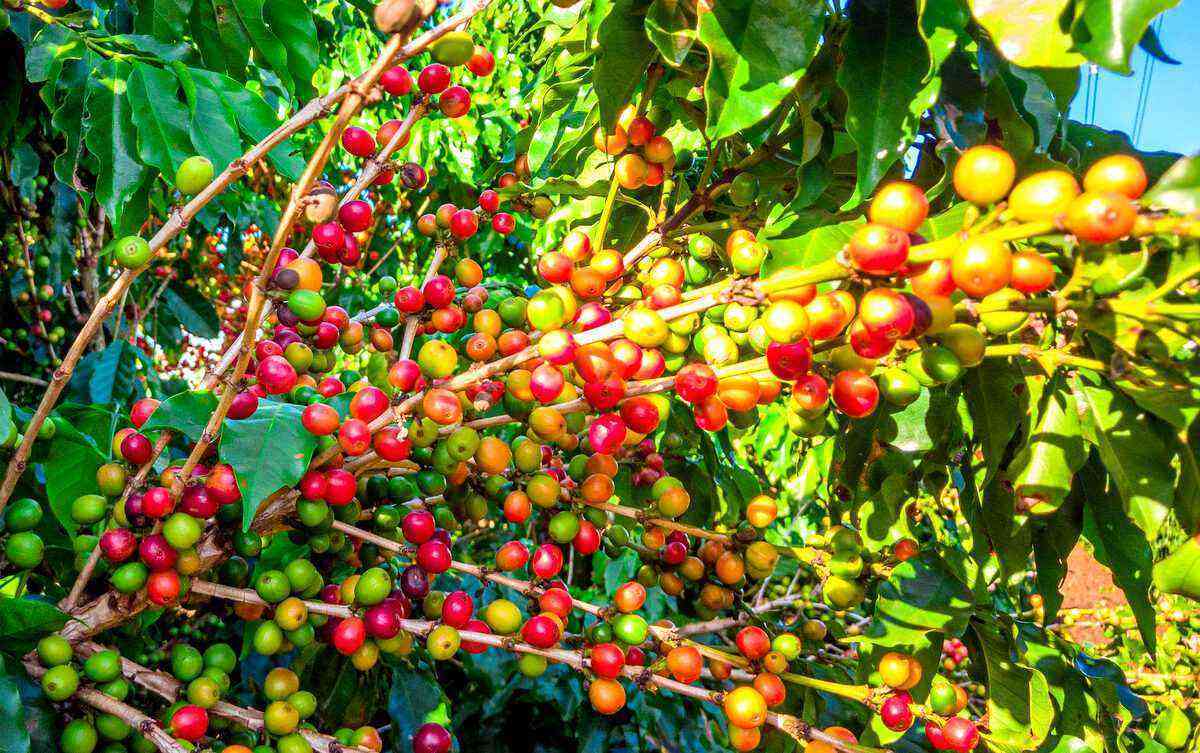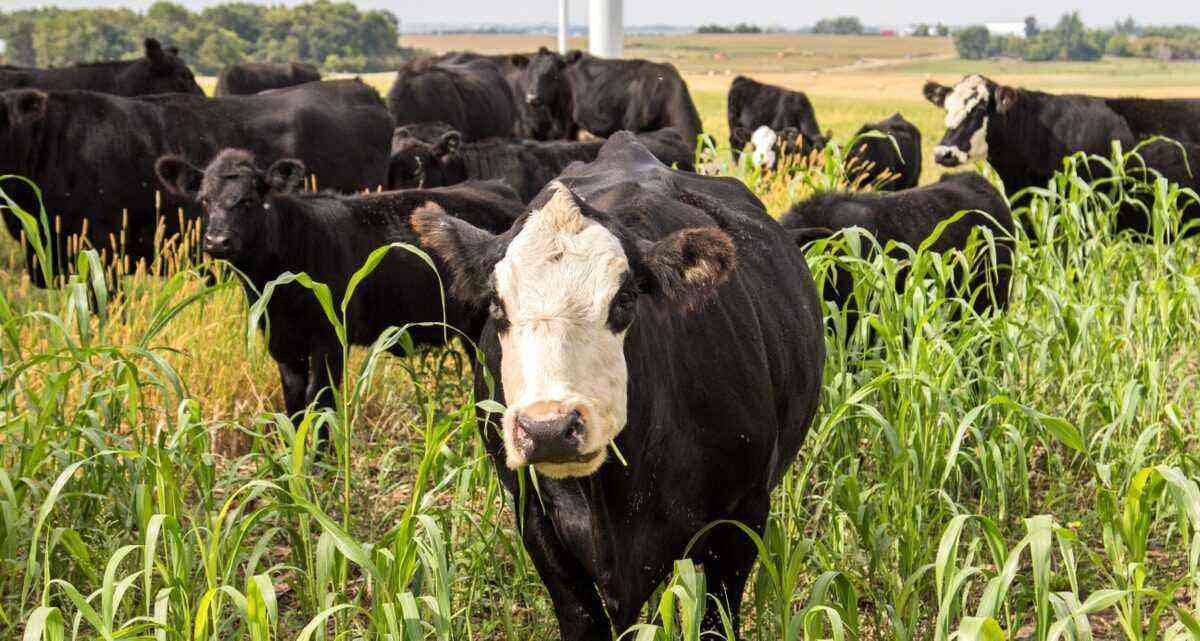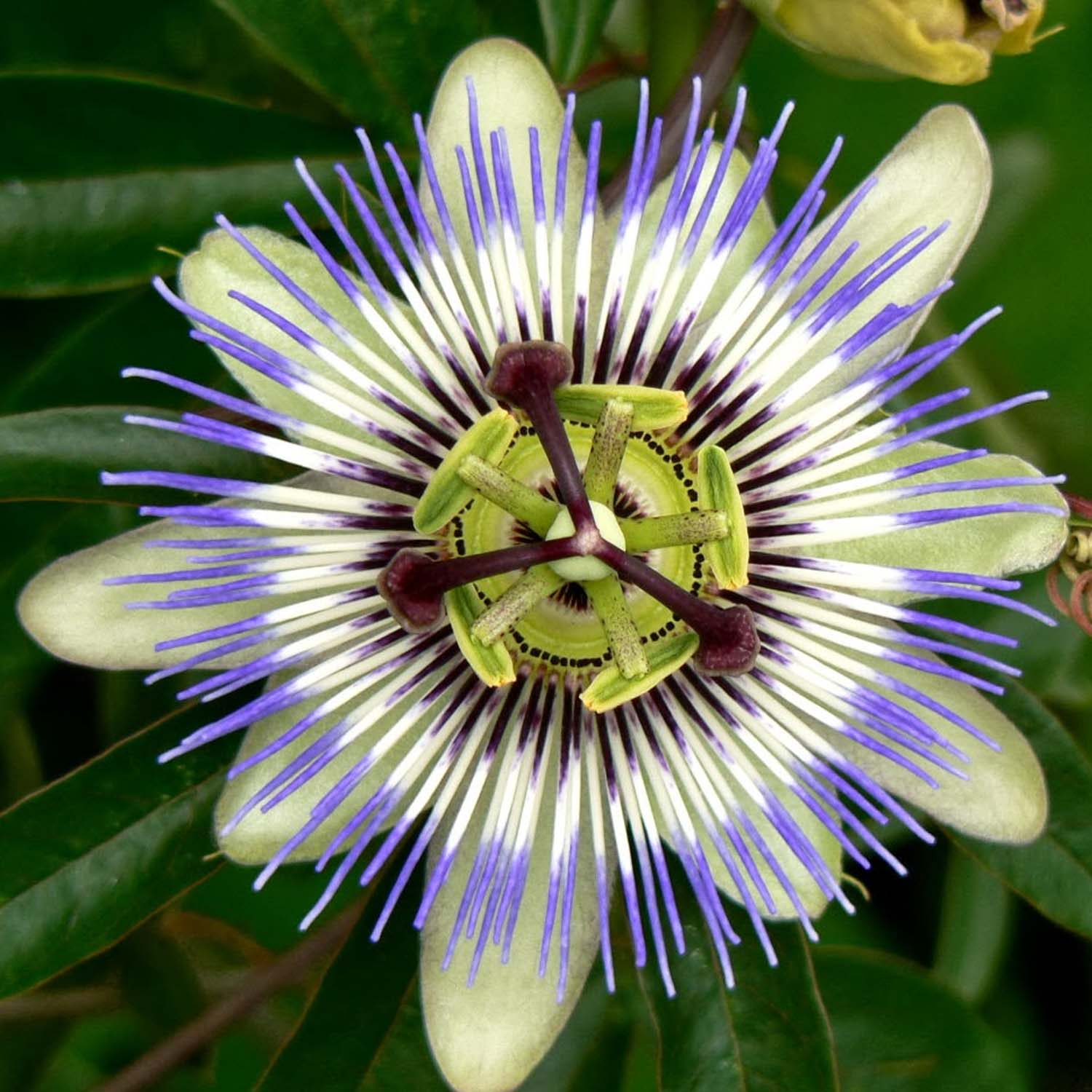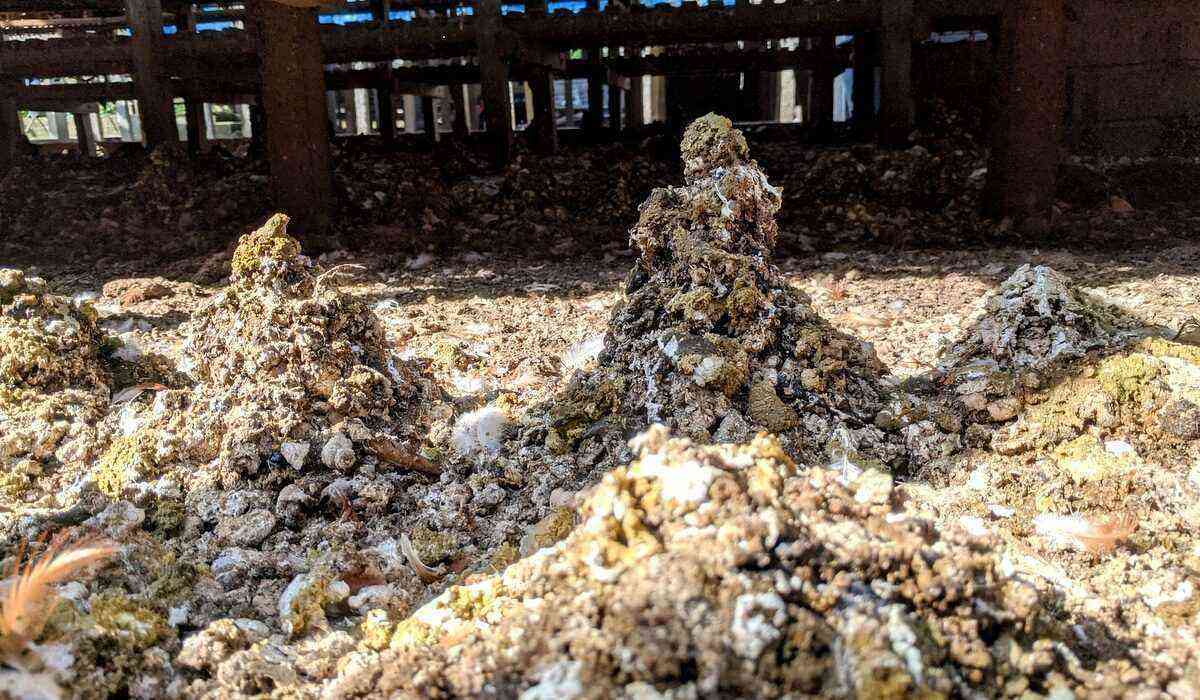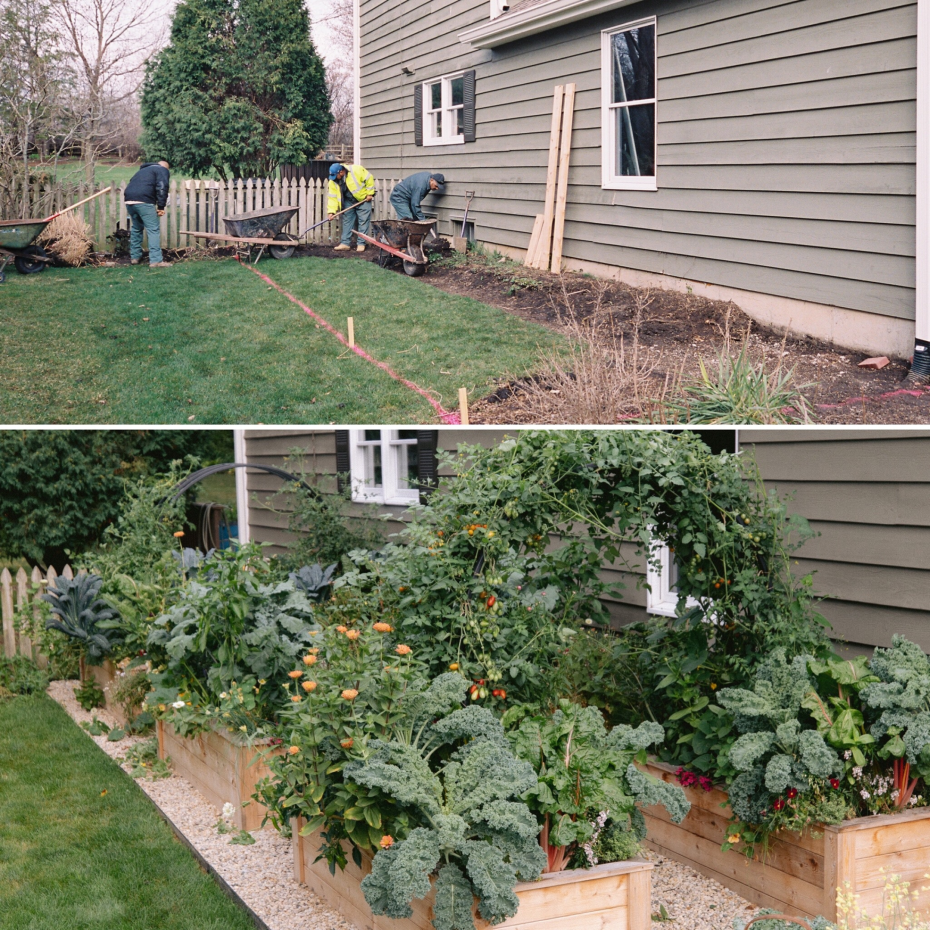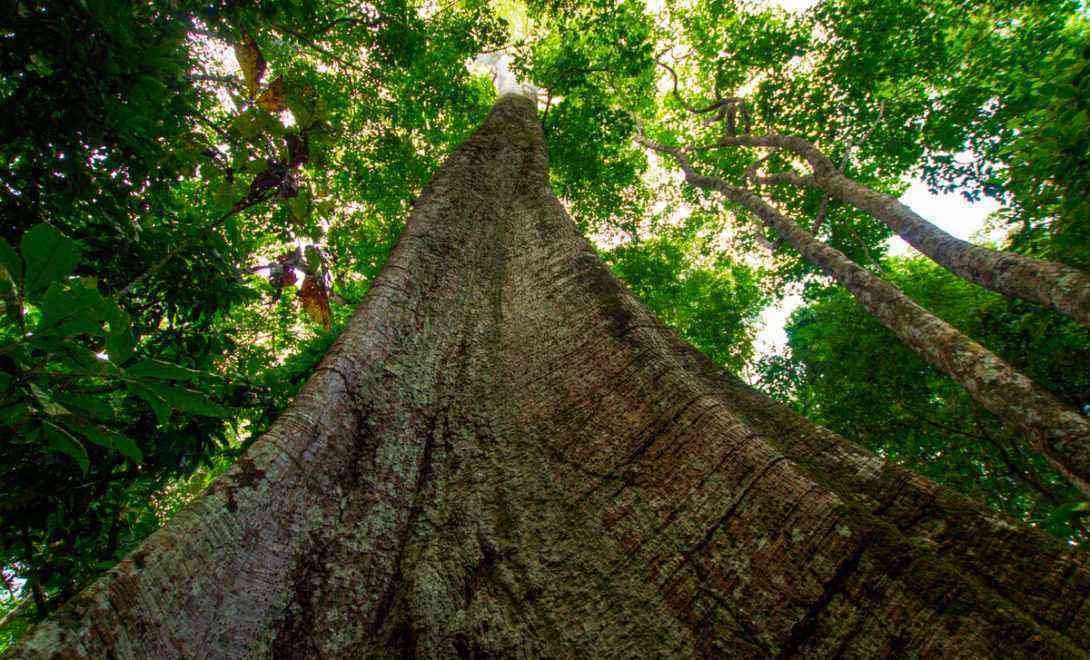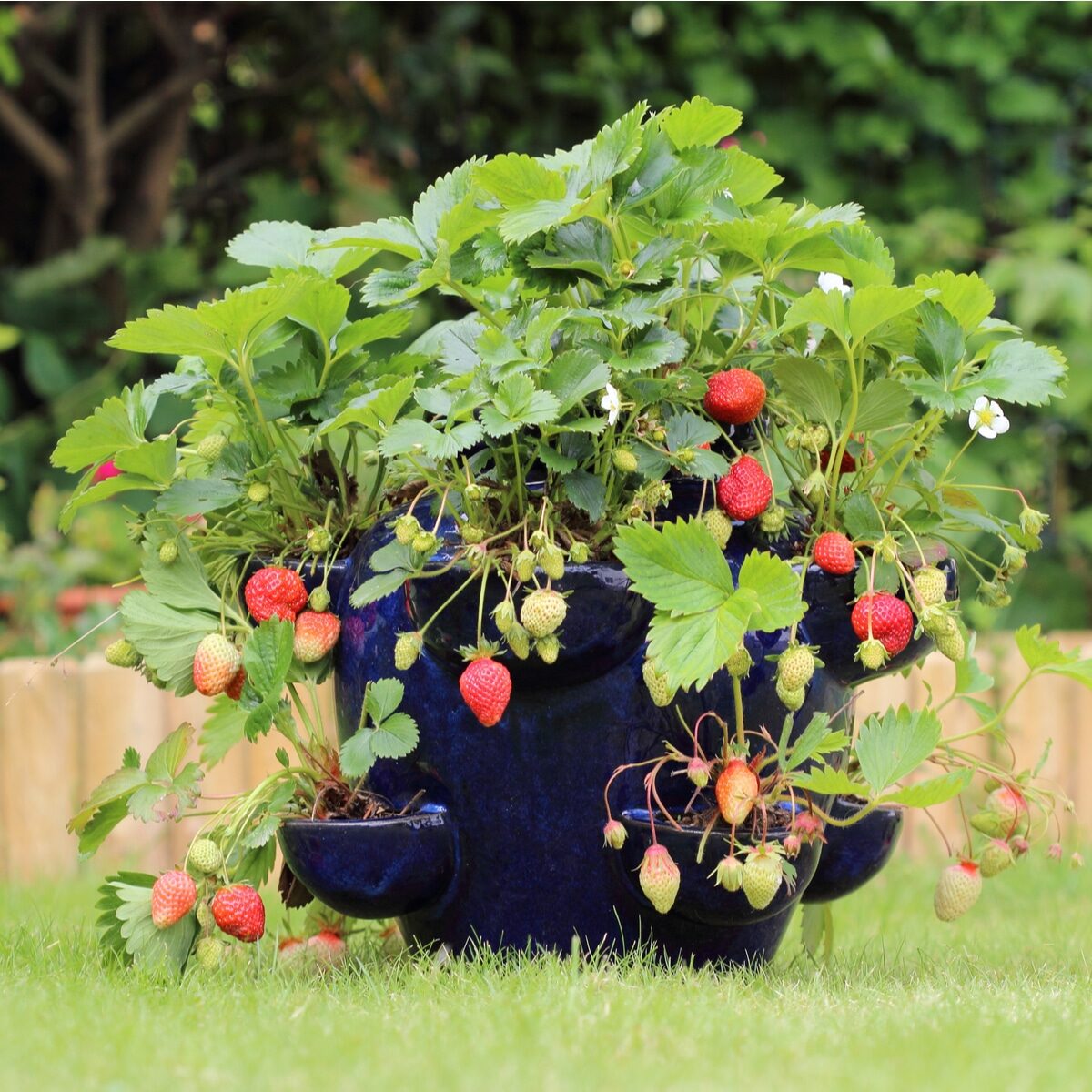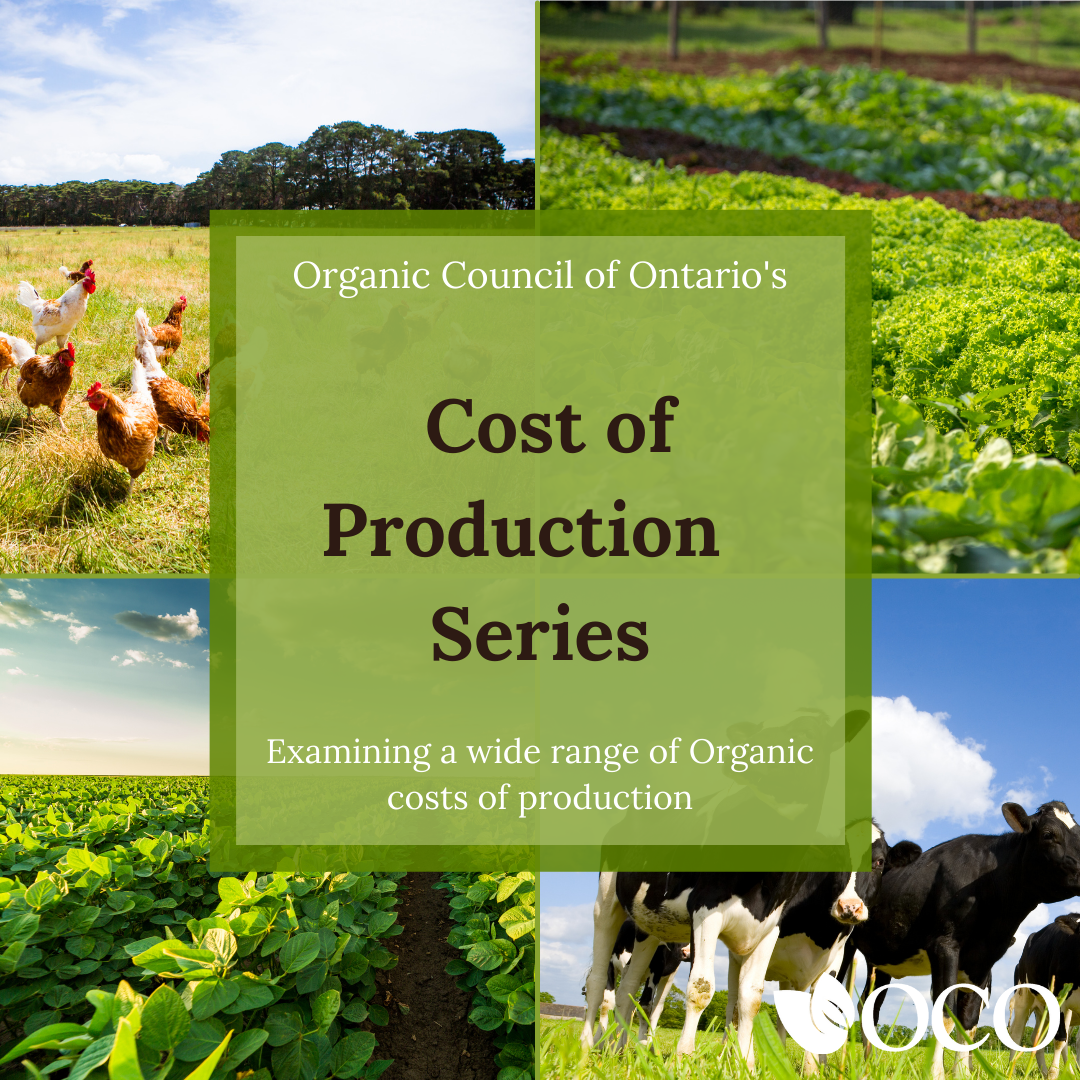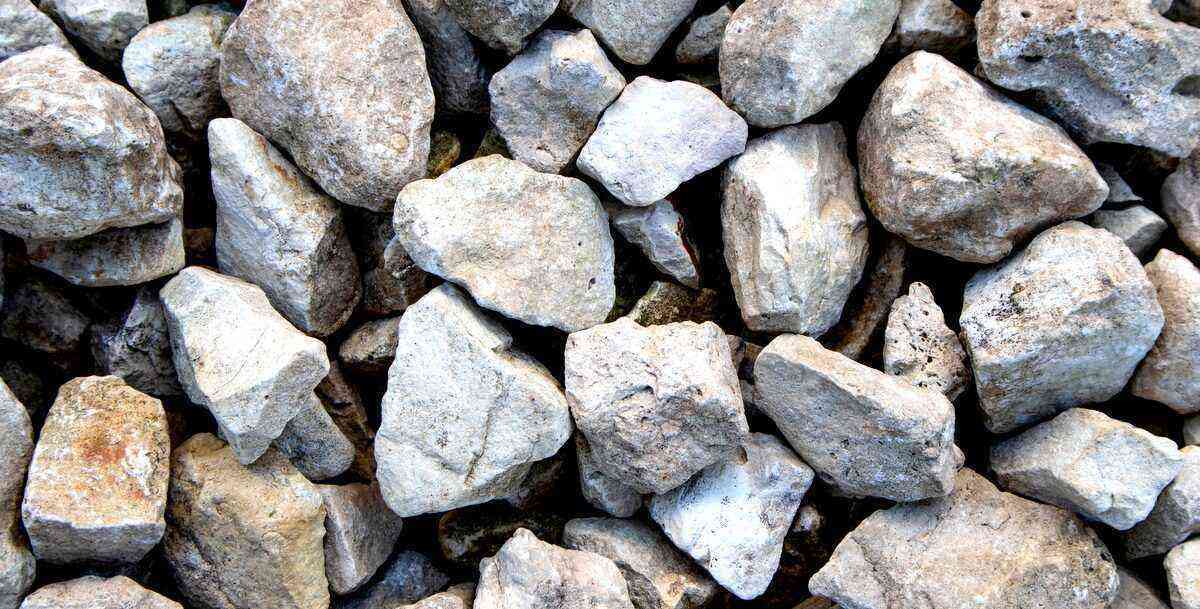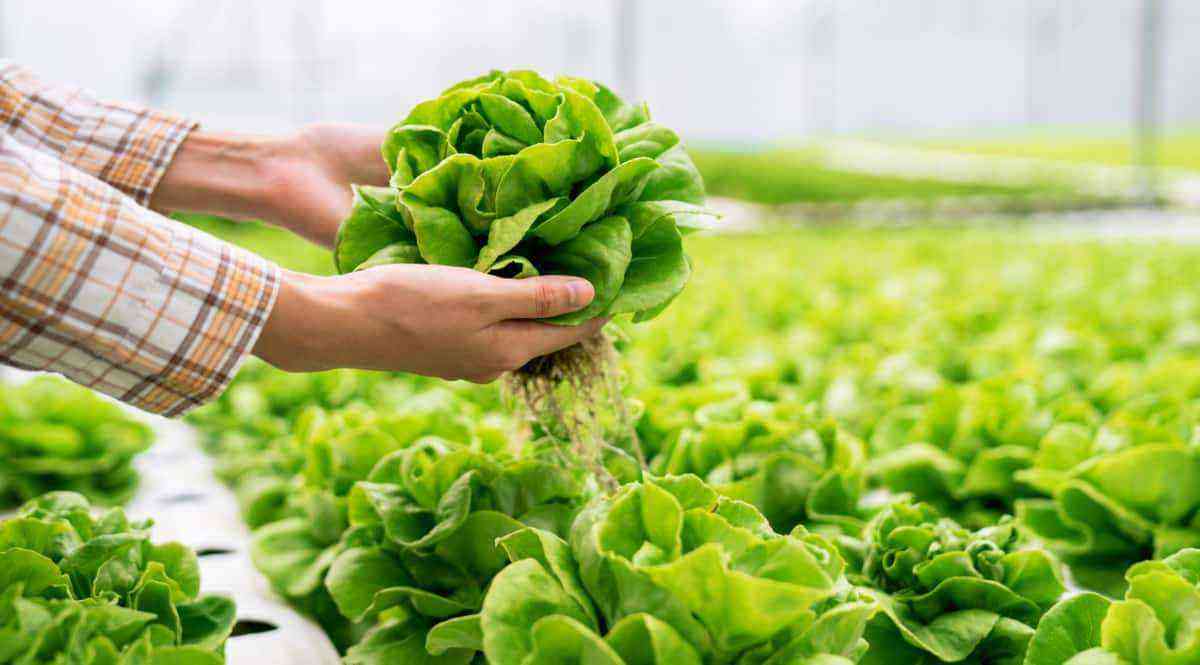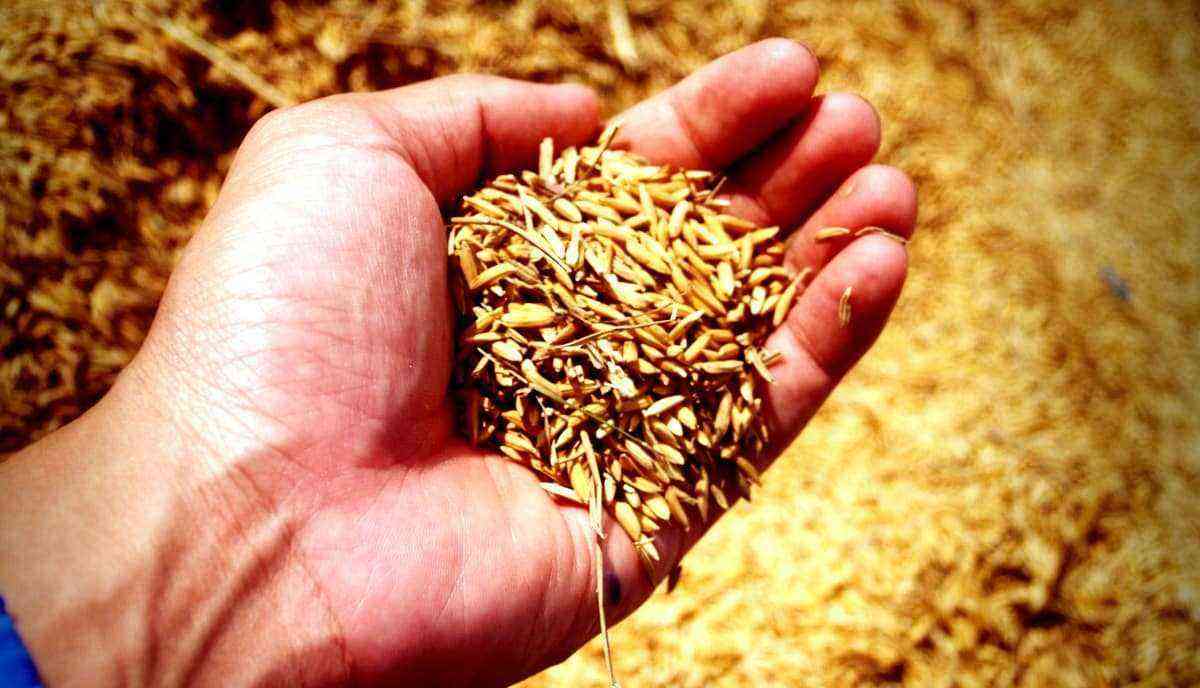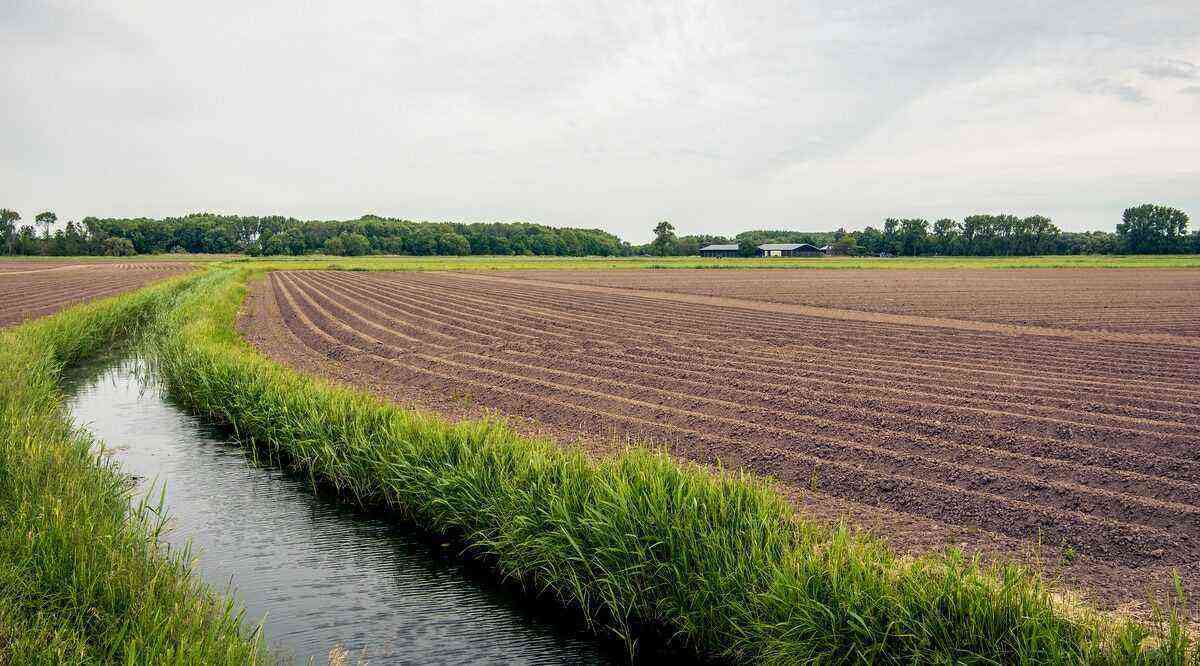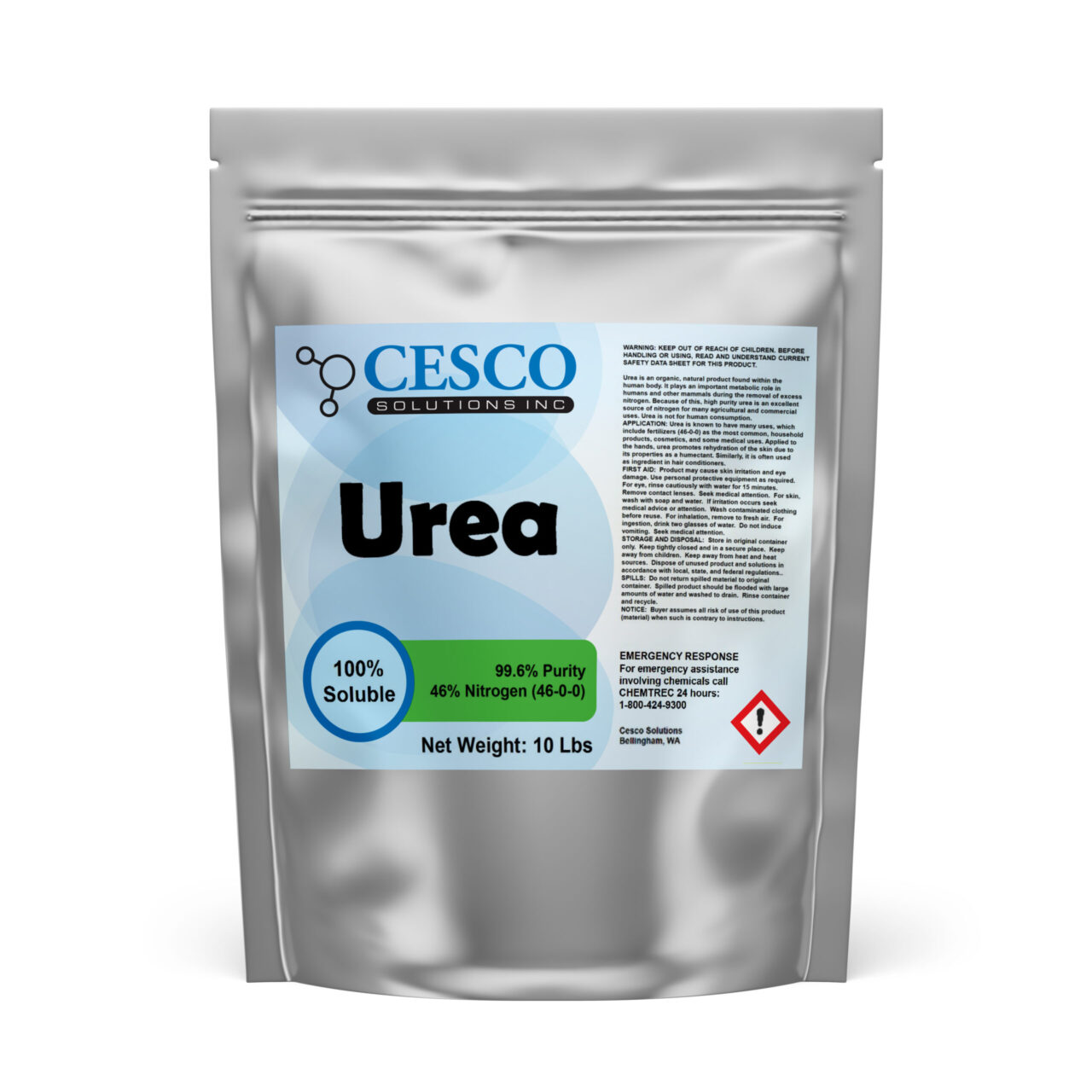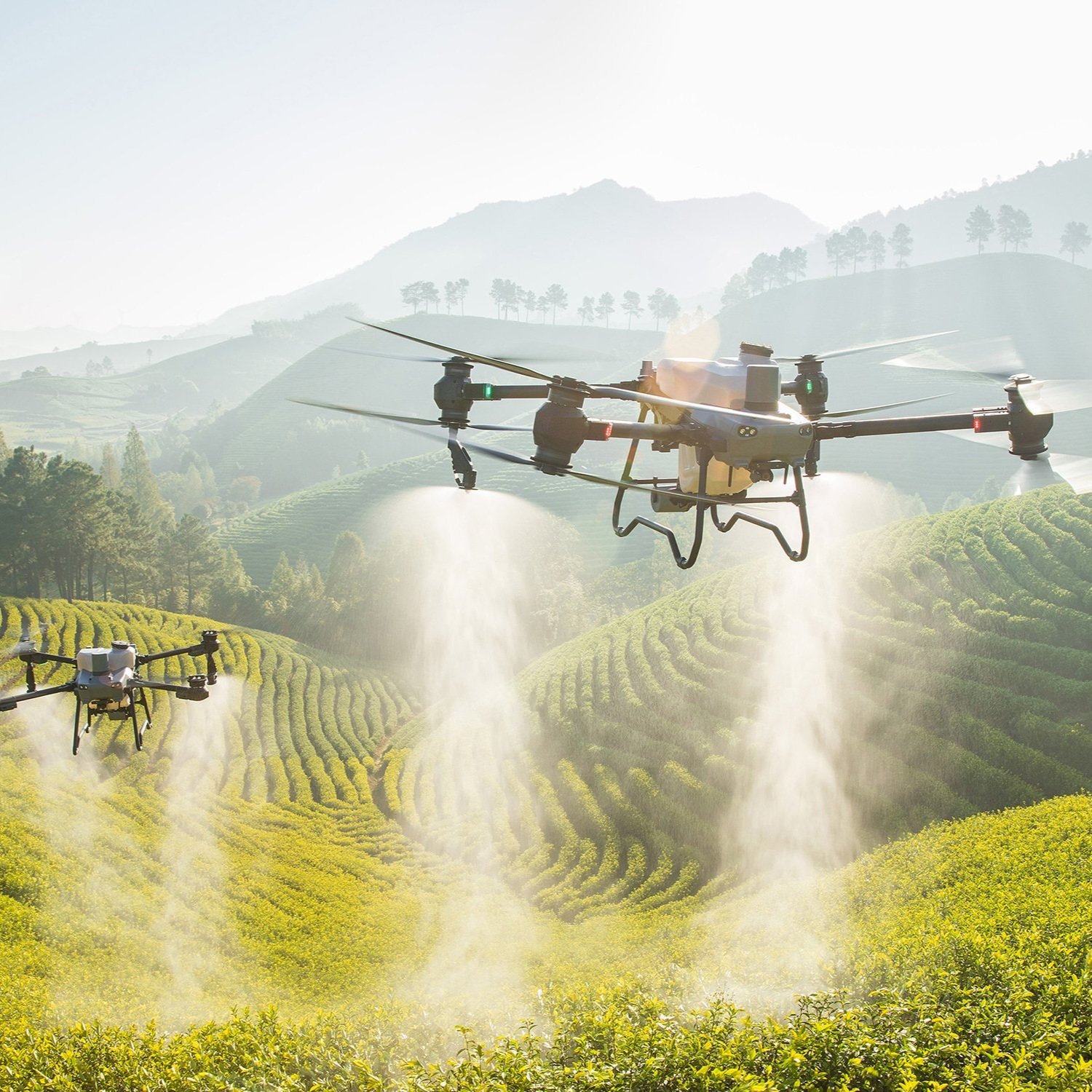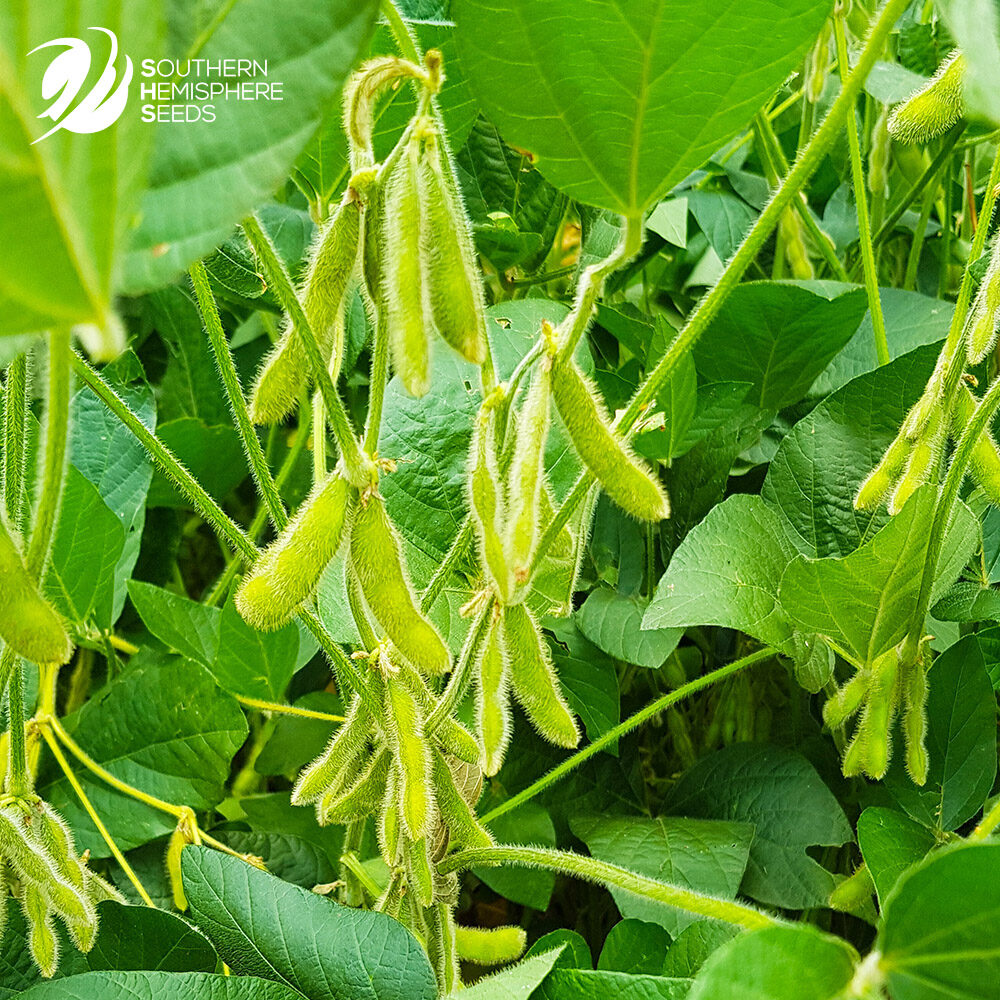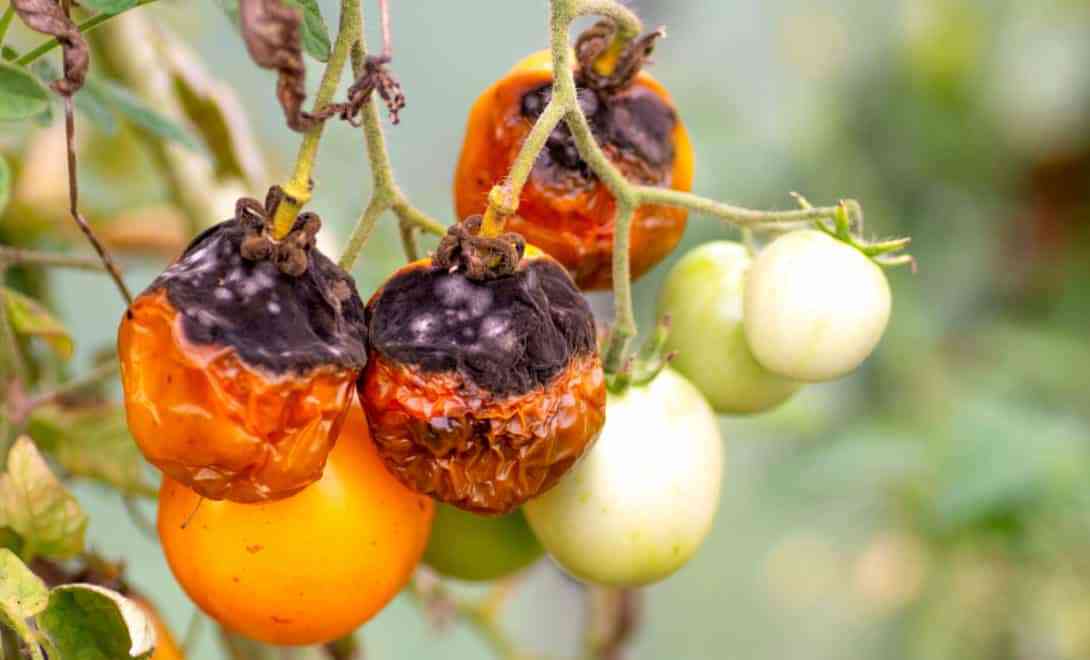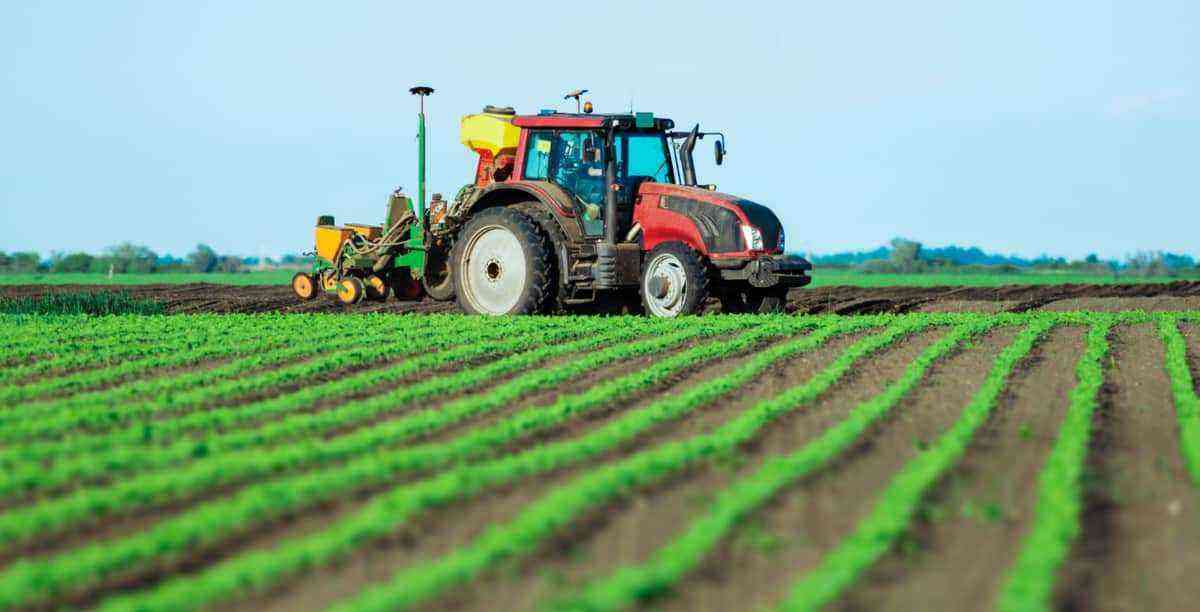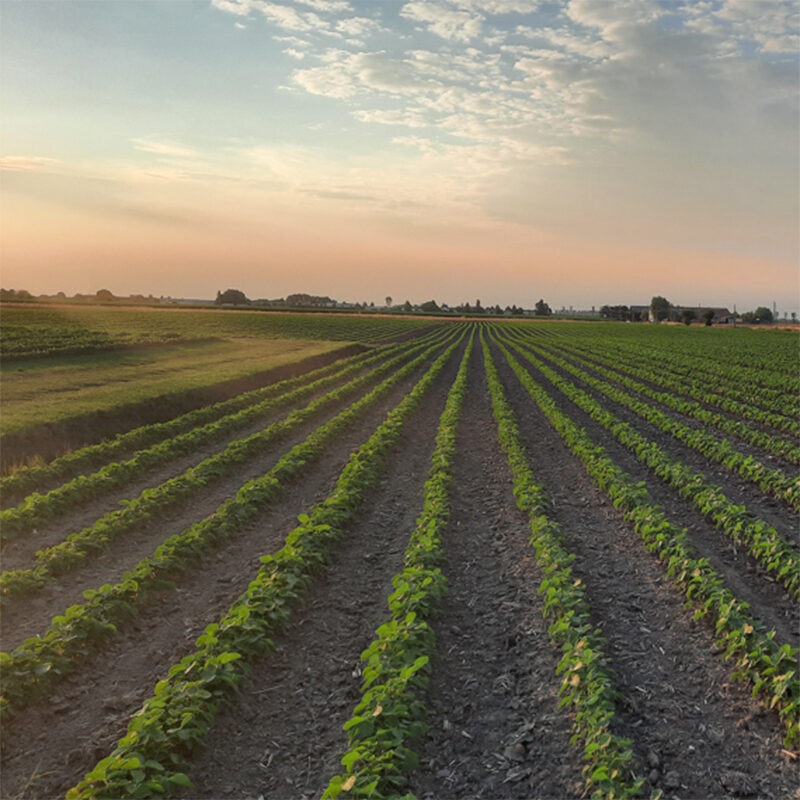Urea is a famous solid fertilizer widely used to fertilize plants in greater amounts and more effectively. Generally, they have the form of small white grains, which contain approximately 20 to 40% of nitrogen in their composition. Therefore, it is the solid fertilizer with the highest concentration level of the substance, which makes it very effective for plants.
This is because each plant needs certain components in its composition and, of course, this varies a lot. However, the component that the vast majority of plants also need in a considerable amount is Nitrogen.
Therefore, when a plant is low in nitrogen, this ends up being extremely noticeable judging by its appearance, after all, the leaves start to turn yellow, the fruits decrease in size, the roots do not grow as vigorously and there is a significant drop. production, both of fruits and leaves.

Nitrogen deficiency in Chinese broccoli leaf
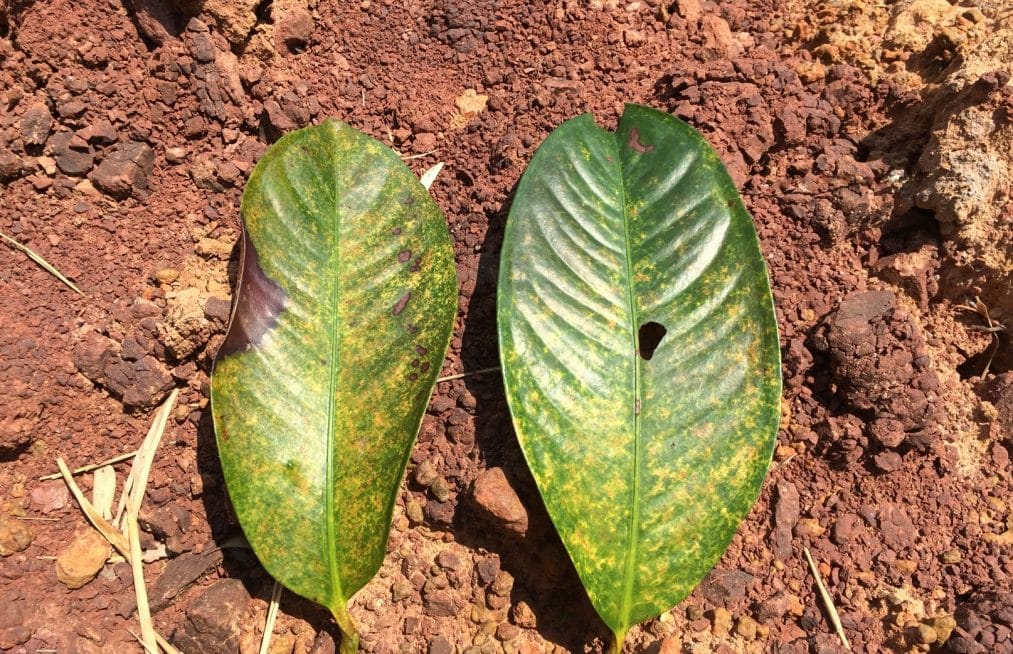
Nitrogen deficiency in fruit leaves
From this reflection, it is clear that a plant that has a good amount of nitrogen will have a much more satisfactory development than one that has smaller amounts. It is precisely in this perspective that urea should be considered, and later used as a fertilizer so that nitrogen is replaced and the plant can recover its health and vitality in the development process.
The downside of applying urea is that its application can end up being a bit complex, given that the product can easily burn the leaves, making them look yellow.
In addition, the producer must keep in mind that urea is based on ammonia, a component that can be toxic in some situations. Therefore, it is necessary to have awareness and knowledge at the time of use, so that there are not so many risks of corrosion and yellowing of the plants.
Urea as fertilizer
Among so many fertilizers sold on the market, by far the most important is urea. This is because it is a relatively cheap source of nitrogen and has a very high level of the substance.
The importance of using urea correctly is due to the fact that the irregular and careless use of the product can cause the loss of up to 80% of the amount of urea applied. Therefore, it is also necessary to know the right amount for each case.
Want to know more about where to buy the best fertilizers on the market? Visit the website and see the offers!

The amount of agricultural urea applied cannot be overstated.
Correct usage amounts for each environment
Vegetable gardens and lawns
For gardens and lawns, you need to use about a tablespoon per m², which generates approximately 15 grams of urea per square meter. The same must be well spread in order to act uniformly on the ground.
trees
If the application is intended for a tree, it is possible to increase the dose to 1 to 5 tablespoons. Therefore, it is necessary to apply around the crown for it to have the best possible effect. A tip is to mix the urea in the water used to water the plants, however, it is important to remember that in this case the amount is small, being about one tablespoon for every 10 liters of water.
Glasses
For pots, it is more difficult to know exactly what the exact amount is, as it varies a lot in relation to the size of the pot and the species of the plant. Either way, it’s always better to put a lower amount. By putting an exaggerated amount, you run the risk of burning the plant and getting the opposite effect to what you had in mind.
Care during application
It is extremely important to be careful when using urea, in order to avoid damage to health. Therefore, there are some recommendations for using the product. Such as:
– Do not smoke, drink or eat during the application of urea;
– Do not vacuum the dust that comes out of the product, as it contains ammonia and can cause damage to health;
– Avoid contact with eyes and skin;
– Always be equipped with gloves and masks appropriate for the application;
– Never apply the product in places that do not have good ventilation.
These precautions are already a great way to reduce the risk that urea brings with it. In addition, all these precautions also make the person using urea able to protect themselves more effectively, thus avoiding diseases such as dermatitis, eye irritation, among others.

Urea should be handled with gloves during fertilization whenever possible
How NOT to use urea
If urea is applied to a damp place, such as grass and soil after rain, it will eventually turn into ammonia, evaporating along with the water. The ideal is always to apply the urea before the rain, always in a dry place and only after watering.
It is important to note that the use of urea on wet leaves can cause the grain to stick to the leaf and cause irreversible burns to the plant.
In addition, just dropping urea on top of soil or plants is not very effective. The best thing to do is mix the urea in the soil. Thus, it is possible not to lose the product. Likewise, when applying urea in large quantities and all at once, it ends up being lost and evaporating. This causes serious contamination in lakes and rivers near the site.

Urea being applied to the soil for fertilization
Applying urea too often is also unhealthy for the plants and residents, in addition to being an unnecessary expense for the product.
See an important tip below that you should know before using urea in plant fertilization.
Source: AgricOnline
Storage
As urea contains ammonia, it is extremely important to know how to store it so that there is no deterioration of the product, as well as risks for those who handle it, for pets, among others.
It is also important to find a cool, low-temperature place that is well-ventilated. This also helps to reduce the effect of urea on the environment. Therefore, as well as the application, the storage of urea is also highly important.
Visit our website and discover all the excellent agricultural products available.
See more interesting texts:
